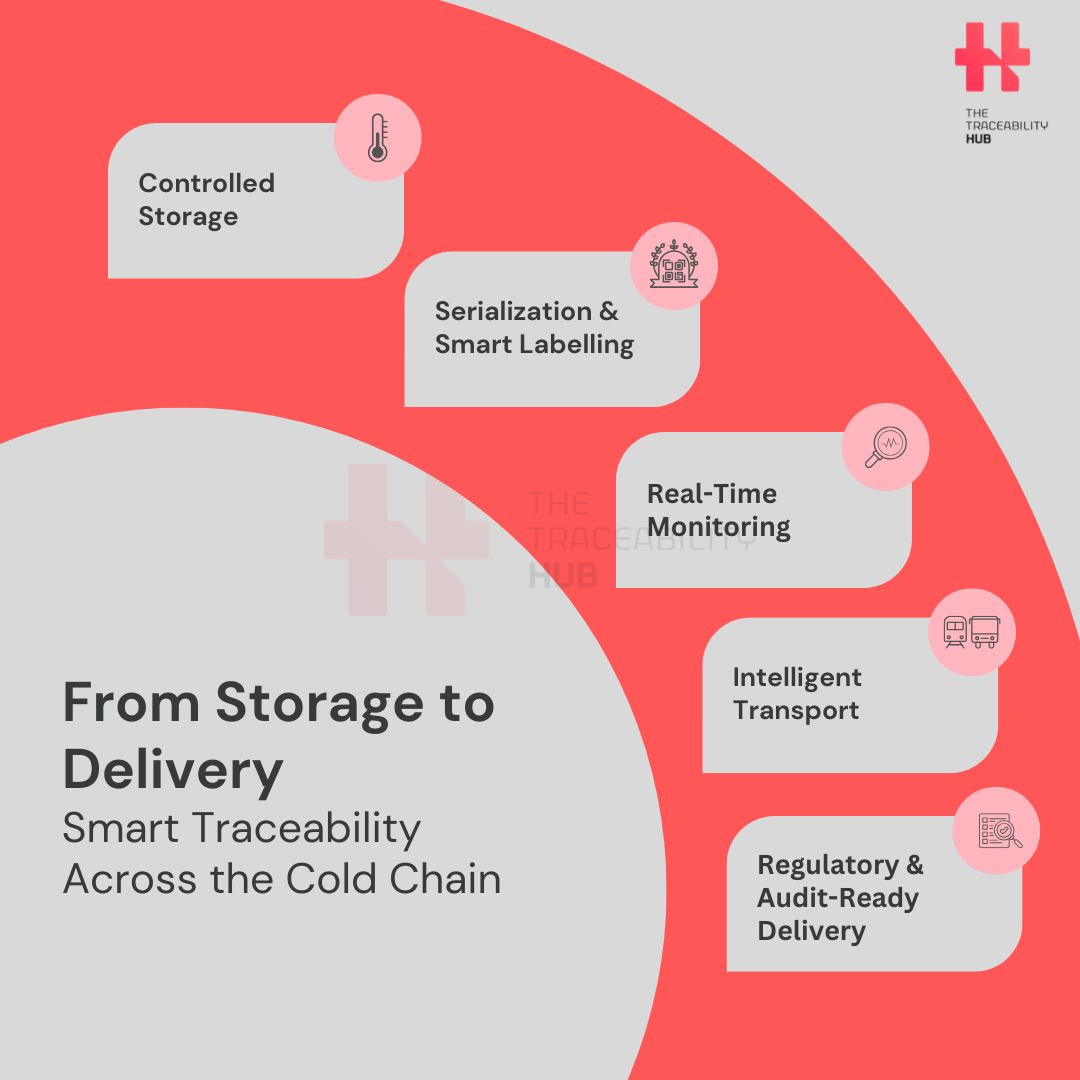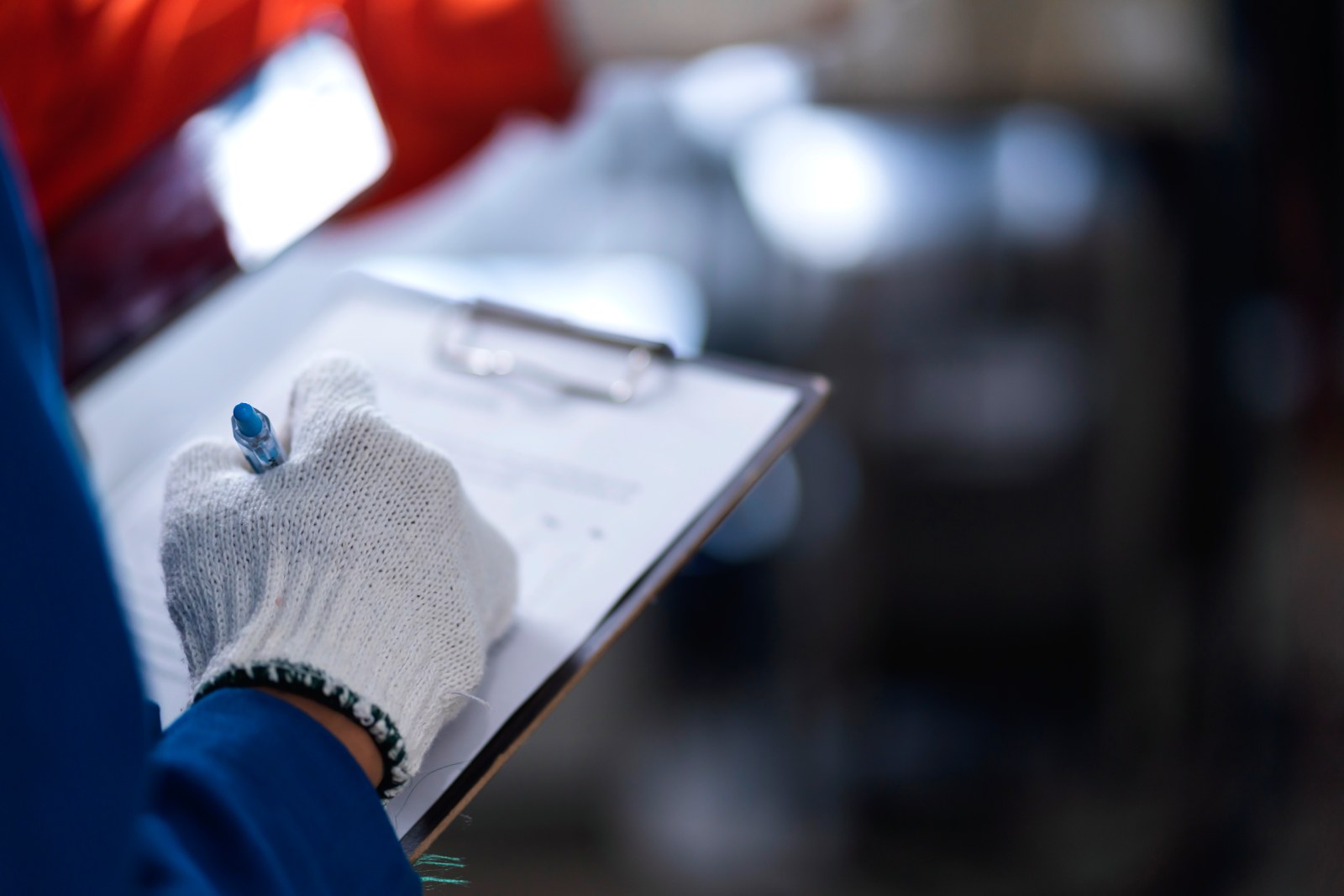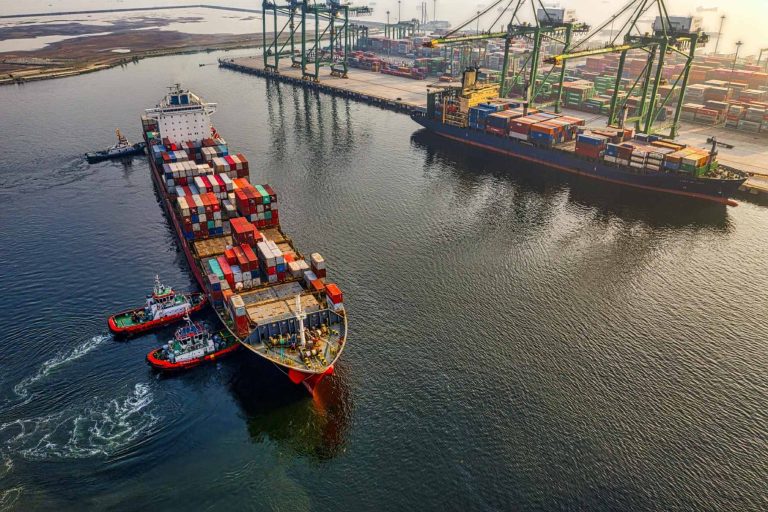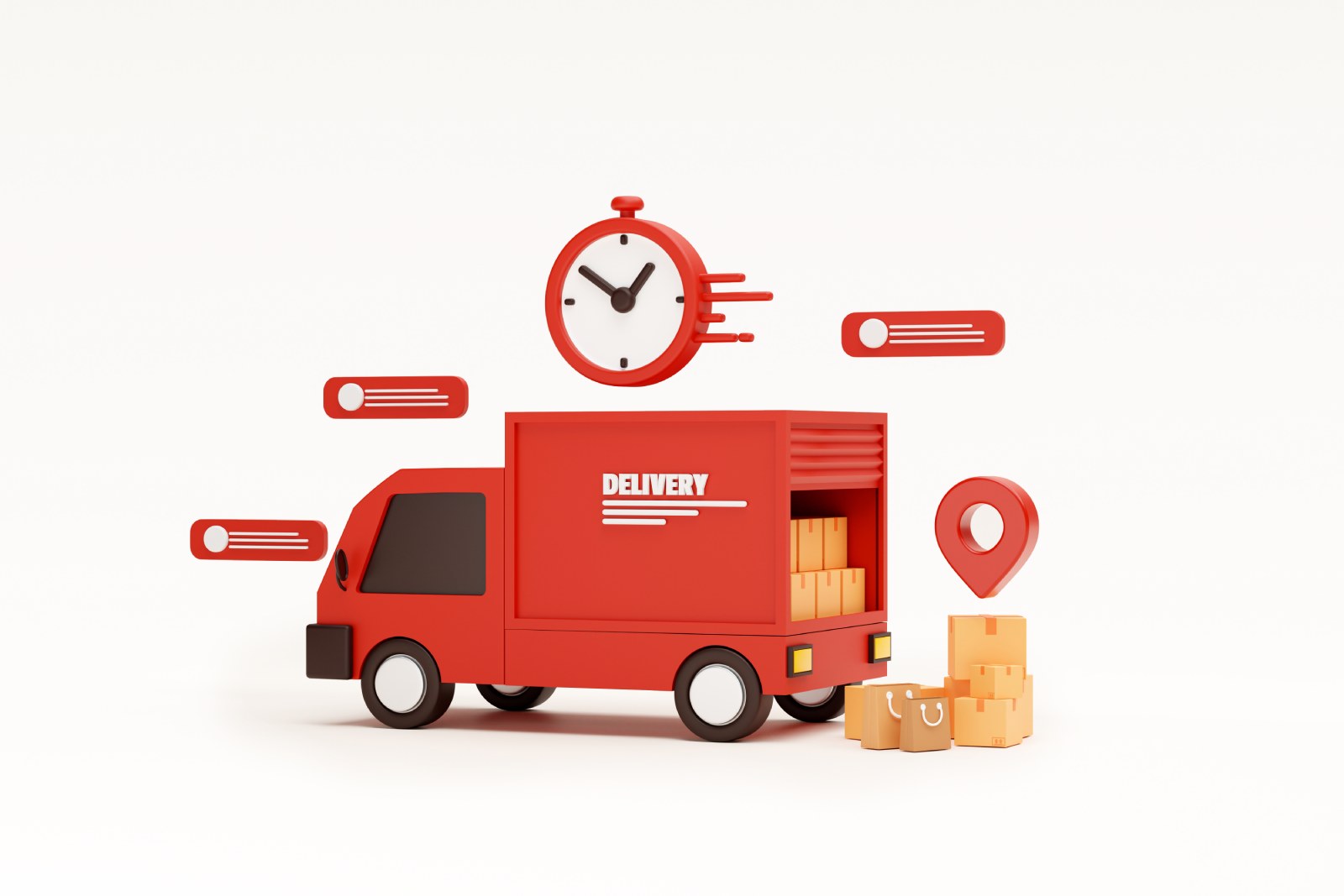Temperature – Controlled Logistics
Cold chain logistics is all about transporting and storing products like vaccines, biologics, fresh foods, and certain chemicals under tightly controlled temperature conditions. In the food industry it maintains the freshness and nutritional properties of the foods that arrive on our tables, while in the pharmaceutical sector it ensures the efficacy and safety of the drugs that will then be administered to the patient.
Due to the temperature-sensitive nature of these products, any temperature fluctuation can affect their quality.
So, keeping them at just the right temperature, from the point of origin to the end consumer, is critical. As global supply chains grow more complex and advanced therapies and fresh food deliveries increase, businesses across industries are realizing the importance of Cold chain traceability.
Real-time monitoring, early detection of issues, and compliance with international regulations are all made possible through modern Temperature-controlled traceability systems. But the cold chain is full of challenges, it is one of the most complex in the supply chain: it requires not only advanced technologies for temperature conservation and monitoring, but also highly synchronized management of flows, from receiving goods to order preparation up to the last mile.
There are in fact several factors to oversee, in order to ensure smooth and effective cold chain logistics and traceability.
The key elements of the cold chain are:
- Personnel: to manage vaccine storage and distribution at each cold-chain point
- Equipment: to store and transport vaccine and monitor temperature
- Procedures: to ensure correct utilization of equipment and ensure vaccines are stored and transported safely
From Storage to Delivery – Smart Traceability Across the Cold Chain

Why Traceability is Critical for Cold Chain Logistics
Keeping sensitive goods safe during transit and storage is no small feat. The precision required makes cold chain logistics especially vulnerable to disruption.
Cold Chain Compliance: Product Integrity Risks
Even minor temperature changes can be damaging. Food can spoil or become contaminated due to increased microbial activity. Medications, particularly biologics and vaccines, can lose their effectiveness. When this happens, companies potentially face costly recalls and legal repercussions.
Traceability helps prevent this by using, for example and among the available solutions, IoT cold chain logistics sensors to monitor environmental conditions in real-time. Predictive analytics flags potential issues before they escalate, and every stakeholder along the chain gets visibility into what’s happening at every step of the way.
Cold Chain Compliance: Regulatory Pressures
Whether it’s pharmaceuticals, food, or biotech, strict rules govern how temperature-sensitive products must be handled. For example:
- Pharma cold chain traceability: In pharma, regulations like DSCSA (USA), FMD (EU), and WHO GDP require serialization, anti-tampering measures, and validated temperature controls.
- Food cold chain logistics: The food industry must meet FSMA and HACCP standards in the US and Regulation 178/2002 in the EU.
- Biotech and chemicals are held to GxP, ISO, and UN Dangerous Goods protocols.
Cold storage traceability systems help companies comply with these regulations by automating audit logs, creating secure digital records, and ensuring quick response during recalls or inspections.
Cold Chain Compliance: Supply Chain Complexity
Today’s cold chains often span continents and involve multiple players, including manufacturers, third-party logistics providers, warehouses, and retailers. This fragmentation makes it hard to get a full picture and increases the risk of temperature excursions, especially during the critical last mile.
Cold chain monitoring system and tools like GPS-enabled IoT sensors, RFID/NFC tagging, and digital twin simulations bring everything together, giving stakeholders a real-time and unified view of the cold chain’s condition.
Core Traceability Technologies and Assets in Cold Chain Logistics
Modern traceability systems use cutting-edge tech to keep products safe and compliant.
Robotic systems and fully automated picking at low temperature, for automatic handling of goods (in general ability to process any type of packaging without having to engage operators at rigid temperatures)
Specialized cooling infrastructure to handle low and ultra-low temperatures (in general improving high-quality infrastructure across the entire supply chain – from warehousing to fulfilment, distribution to shipping to last-mile delivery – to offer customers more resilient, scalable and responsive supply chains)
IoT cold chain logistics & sensor-based monitoring tracks temperature, voltage, humidity, control panel and location in real time, sending instant alerts if something goes wrong.
Blockchain cold chain logistics adds a layer of security by creating tamper-proof logs of every transaction or handoff, helping ensure trust across the entire supply chain.
AI for cold chain & predictive analytics analyze data to spot anomalies early, suggest better transport routes, and even forecast equipment failures.
Digital twins in cold chain act as virtual replicas of the supply chain, helping simulate disruptions and stress-test logistics plans.
Regulatory Frameworks & Compliance in Cold Chain Traceability
Meeting cold chain compliance standards is about ensuring patient safety, food quality, and environmental responsibility.
Here’s how different industries handle it:
Pharma cold chain traceability: Regulations like DSCSA in the U.S. issued by FDA, is a guidance and policy documents, drug supply chain security act (DSCSA), enacted in 2013. While FMD, the falsified medicines directive, a European Union Directive (2011/62/EU), implementing a number of measures to safeguard patients and prevent falsified medicines from entering the legal supply chain, focus on drug serialization, tracking, and tamper prevention. World Health Organization cold chain requirements and EU GDP guidelines cold chain require validated temperature controls at every stage.
Food cold chain logistics: The FSMA in the U.S. and HACCP principles require end-to-end traceability and proactive safety measures. In the EU, Regulation 178/2002 enforces detailed documentation and recall readiness.
Biotech & chemicals: Compliance often revolves around GxP practices, ISO certifications, and UN protocols that govern the handling of hazardous or high-risk substances.
Cold Chain Logistics Traceability Implementation: How It Works?
Effective Temperature tracking cold chain starts with serialization. Products get labelled with unique identifiers like QR codes, barcodes, RFID cold chain traceability tags, or NFC labels, which help track them through every handoff.
From there, cloud-based monitoring platforms collect and centralize environmental data. These platforms offer real-time insights, generate alerts, and store everything securely for audits. Integration with logistics partners is crucial. A unified ecosystem allows manufacturers, warehouses, and transport providers to share real-time updates and manage them in a single location.
Common Cold Chain Failures & How Traceability Mitigates Risks
Power outages & equipment failures: When refrigeration fails, traceability systems step in IoT cold chain logistics sensors track conditions continuously, while AI systems detect malfunctions early and trigger backup plans.
Delayed transit & handling errors: Weather, customs, or traffic can throw off timing. Smart sensors cold chain tools powered by AI adapt in real-time, and geo-fencing technology sends alerts if a shipment goes off-course.
Tampering & unauthorized access: cold chain Traceability keeps products secure with Blockchain cold chain logistics records, RFID seals, and checkpoint verification. If something looks suspicious, it’s flagged immediately.
Industry Use Cases: Cold Chain Traceability in Action
Vaccine cold chain tracking distribution: During the COVID-19 pandemic, Aeronet worked with a major medical supplier to maintain -30°C environments. Using IoT monitoring and refrigerated trailers, they ensured the vaccines remained safe and met WHO protocols.
Food cold chain logistics (seafood & perishable foods): A seafood distributor integrated RFID cold chain traceability tags to track freshness from ocean to shelf.
Real-time monitoring helped catch issues early and kept consumers safe.
Biologics cold chain traceability (gene therapy & biologics): Catalent developed a comprehensive cold chain oversight service for gene therapies, combining monitoring, predictive analytics, and secure data logs to maintain drug efficacy.
The Future of Cold Chain Traceability
AI & automation are taking over routine tasks. Self-regulating systems, automated alerts, and real-time decisions are becoming the norm.
Sustainability is also top of mind. Companies are cutting waste by using smart sensors cold chain monitoring to reduce spoilage, and shifting to greener transport options like electric trucks and rail.
Finally, global standardization is on the rise. Regulators are working to harmonize traceability rules, while brands need supply chain visibility to switch manufacturing sites and to make cross-border logistics easier and more consistent.
Summing up
Traceability is more than a compliance tool. Together with precise temperature control along the entire supply chain and real-time inventory management, as well as dynamic transport planning, to ensure efficiency, punctuality and reduction of energy waste, the complete product traceability, from storage to delivery, is the backbone of a robust cold chain.
As technologies evolve and regulations tighten, investing in smart, connected traceability systems is no longer optional.
Read more: Last-Mile Delivery & Traceability: Enhancing Efficiency and Customer Trust






